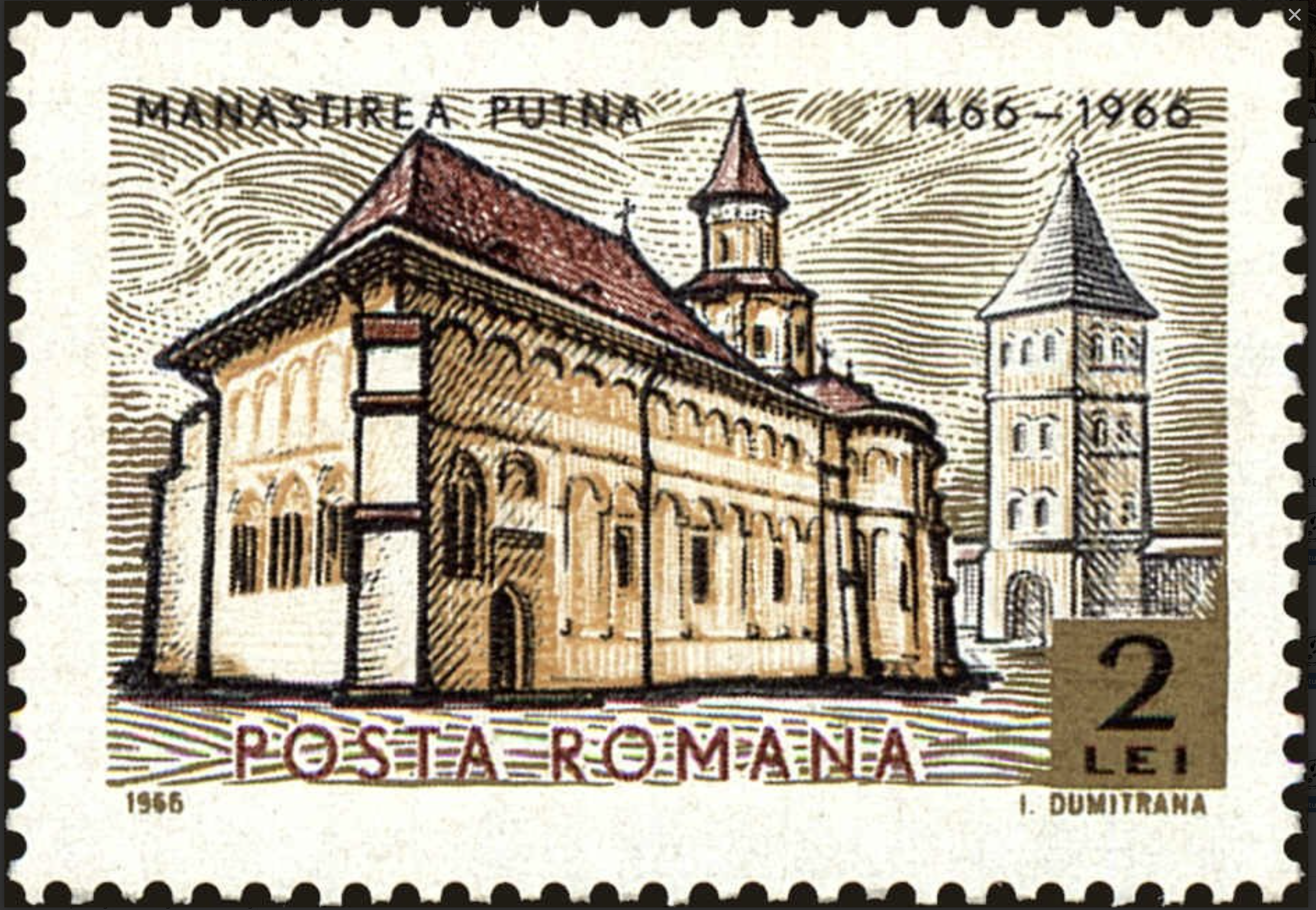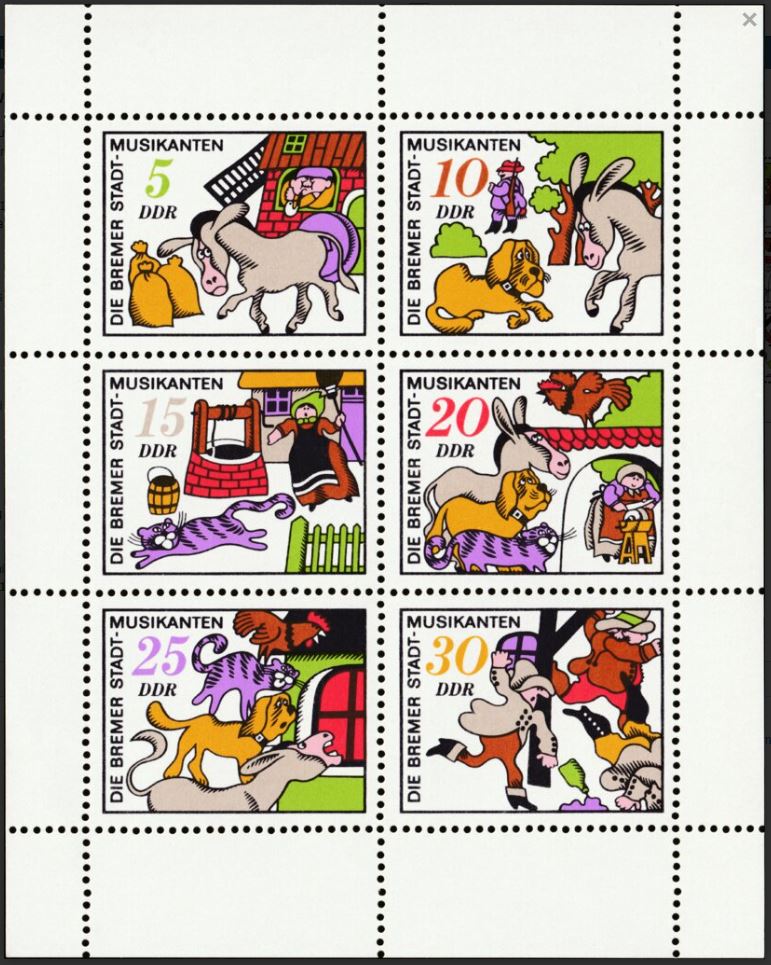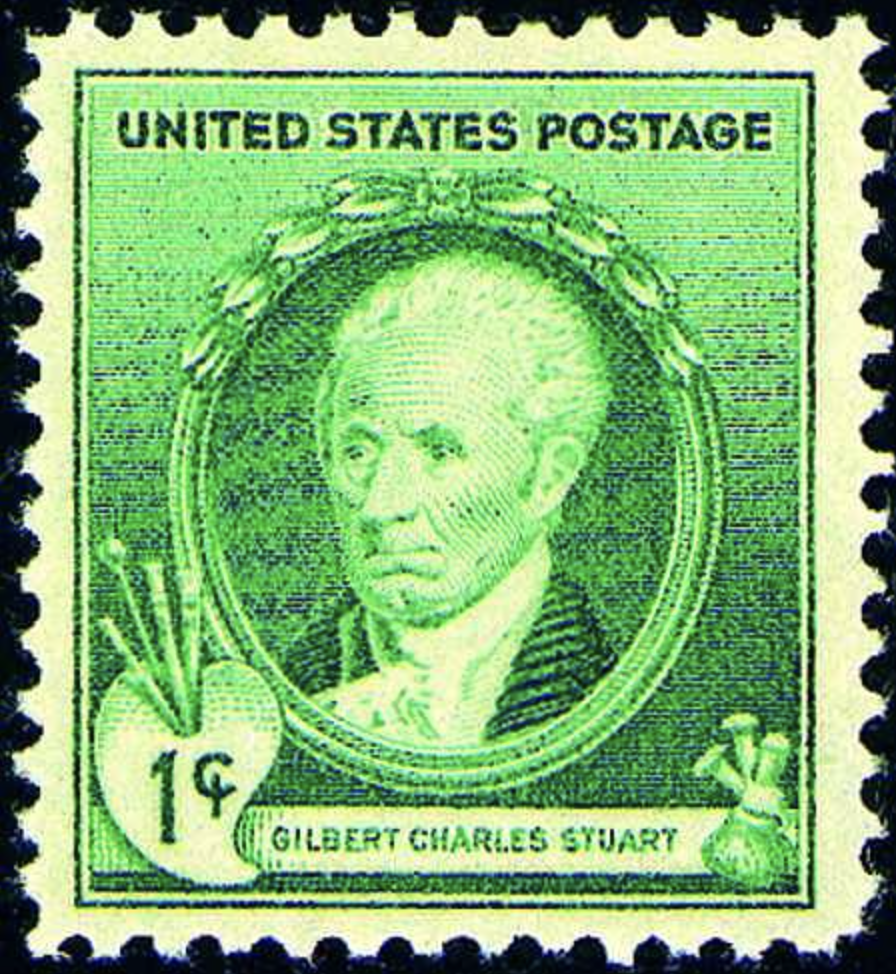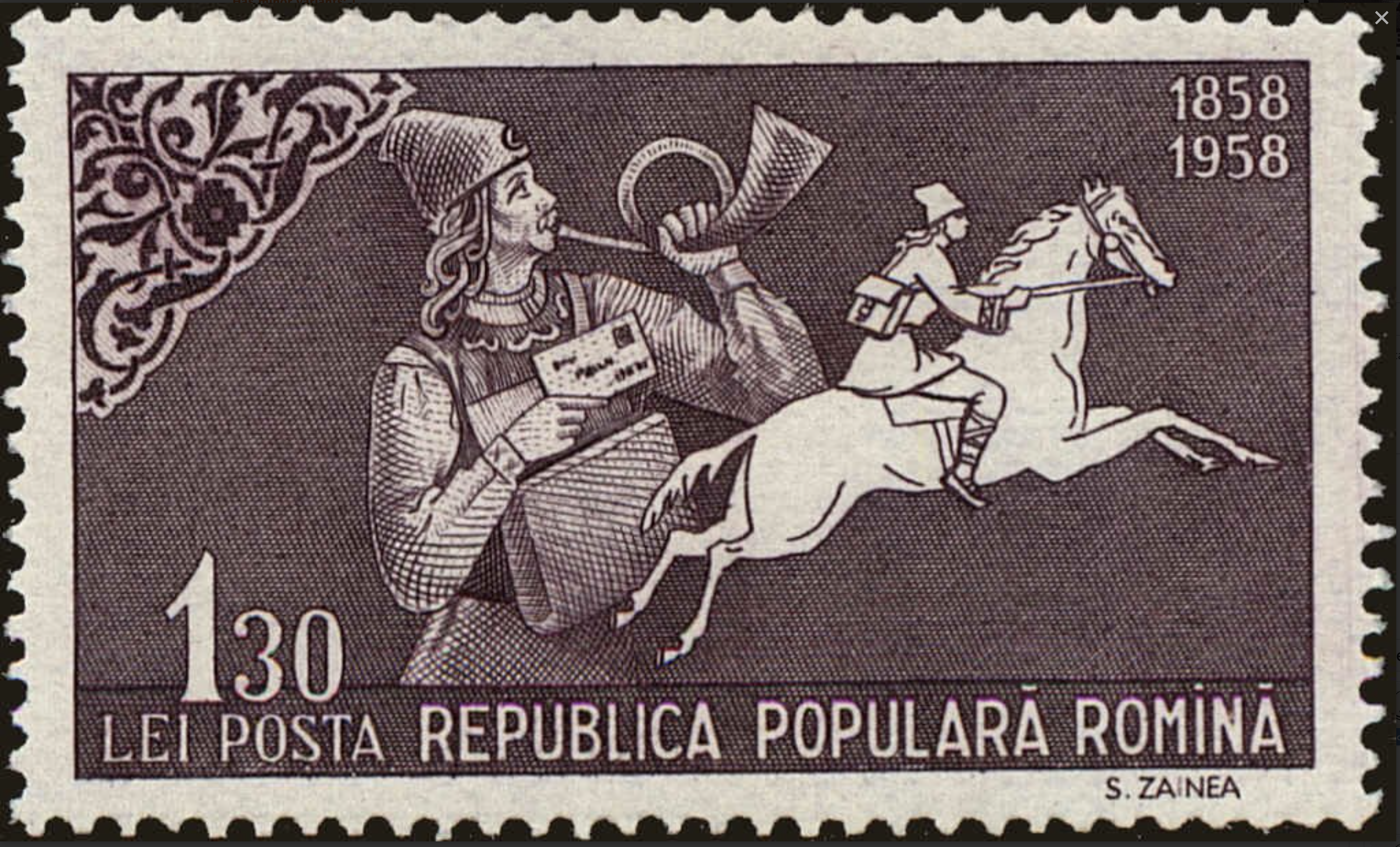United States #890 (1940) – Samuel Morse
$0.25 – $0.50
United States #890 (1940) – Samuel Morse
Description
United States #890 (1940) – Samuel Morse
Samuel Morse, born on April 27, 1791, in Charlestown, Massachusetts, led a life defined by innovation, artistry, and communication. Initially trained as a painter, Morse’s journey took an unexpected turn when he became intrigued by the potential of electricity.
In 1837, Morse conceived the idea of the electromagnetic telegraph, a revolutionary system for transmitting messages over long distances. Working tirelessly to bring his vision to life, Morse developed a code system known as Morse code, which allowed messages to be encoded and decoded using simple sequences of dots and dashes.
In 1844, Morse made history with the first public demonstration of his telegraph, transmitting the message “What hath God wrought” over a wire stretching from Washington, D.C. to Baltimore. This groundbreaking achievement heralded a new era of communication, shrinking the world and connecting people in ways never before possible.
Beyond his contributions to technology, Morse remained deeply engaged in the arts and public life. He continued to paint throughout his life and was also an active participant in political and social causes.
Samuel Morse’s legacy as an inventor and visionary endures to this day, with Morse code still used in various forms of communication and his name forever linked to the evolution of telecommunications. His story serves as a reminder of the power of innovation to shape the course of history and bring people closer together.
Ready to ship in 3-5 business days from United States (US)
Additional information
| Condition | |
|---|---|
| Country | |
| Scott Number | |
| Stamp Format | |
| Stamp Type | |
| Year of Issue |





















